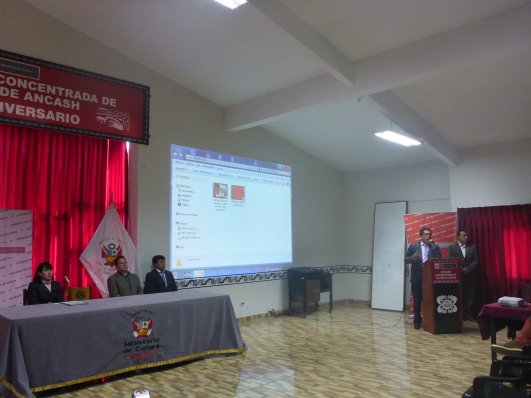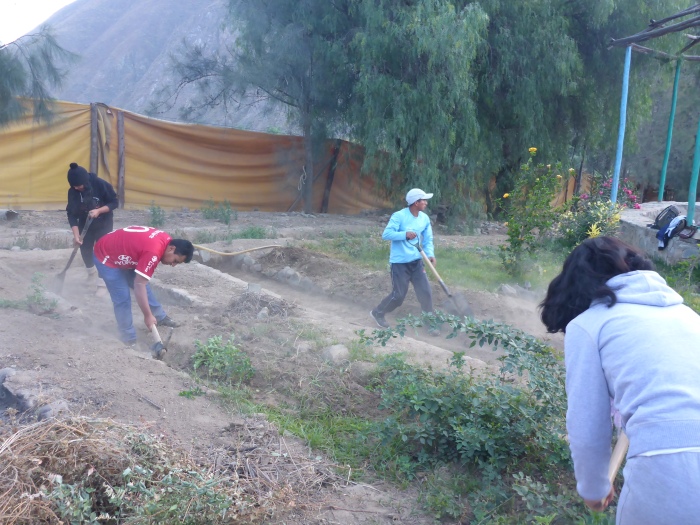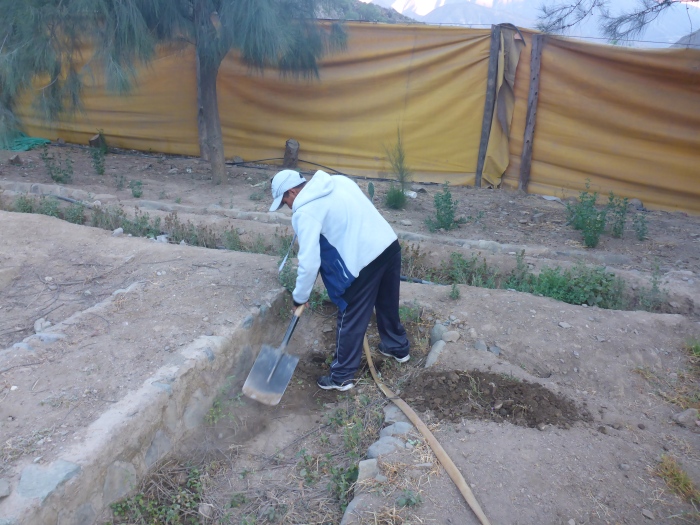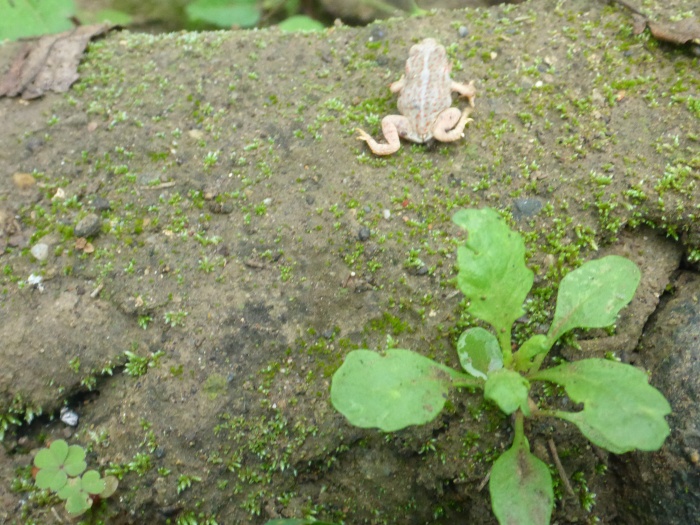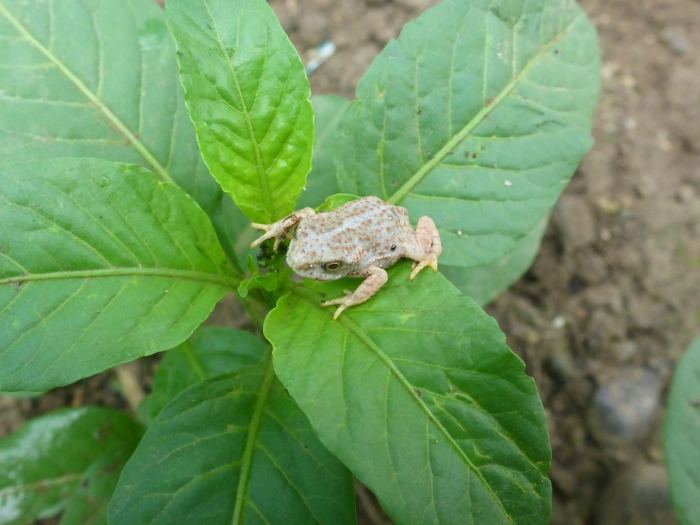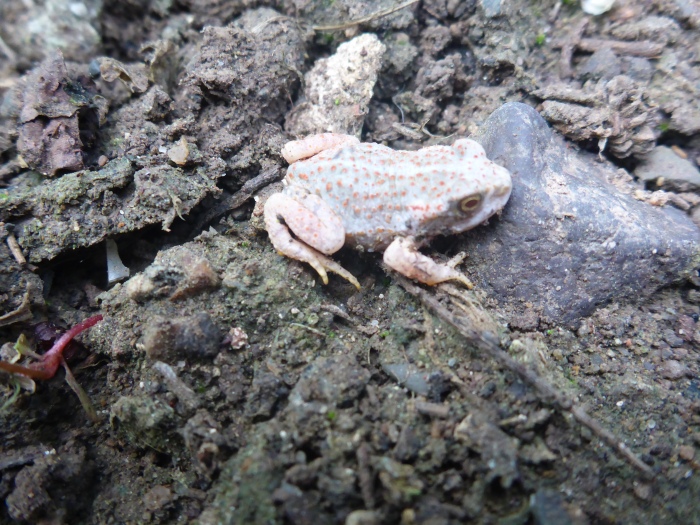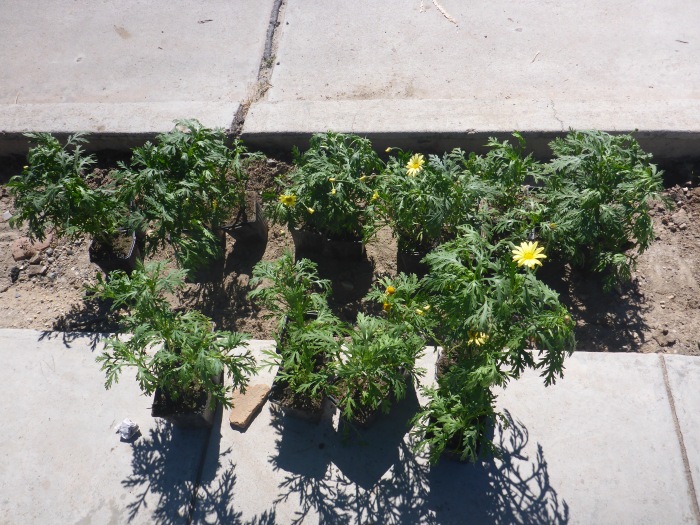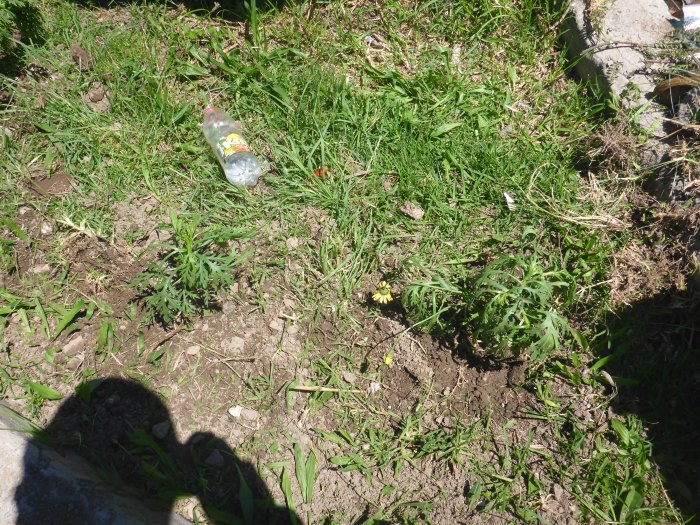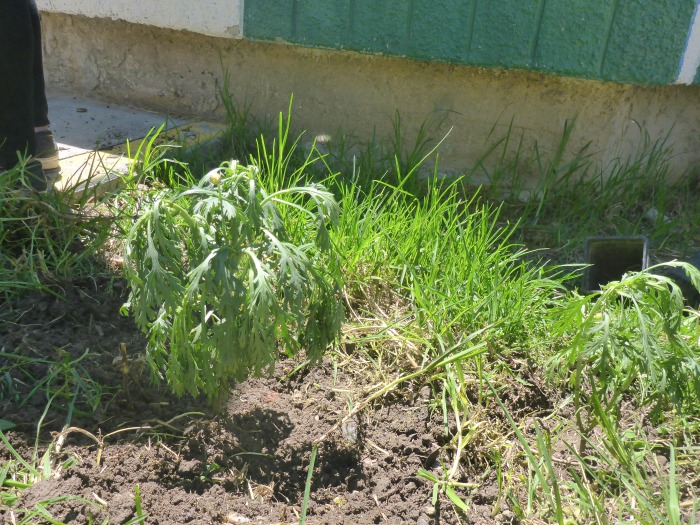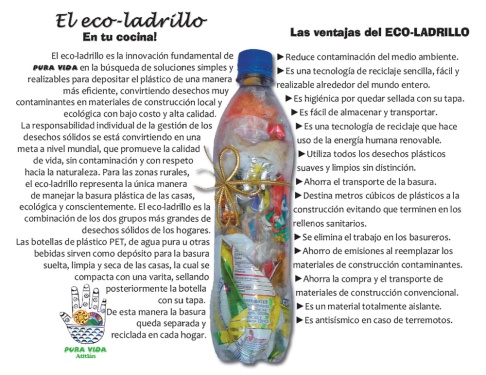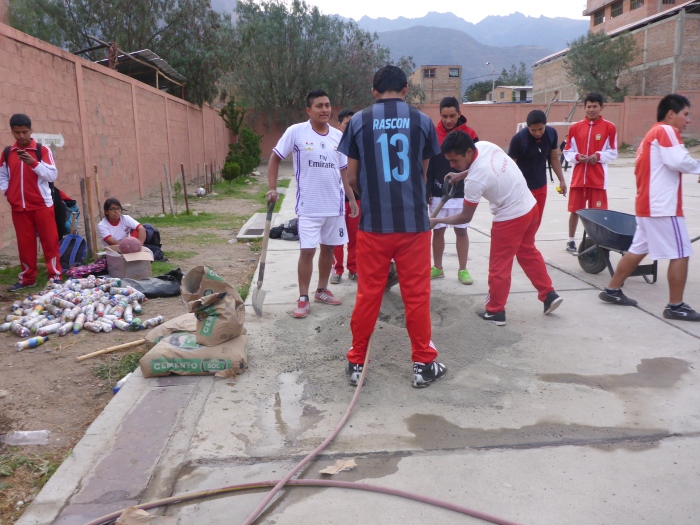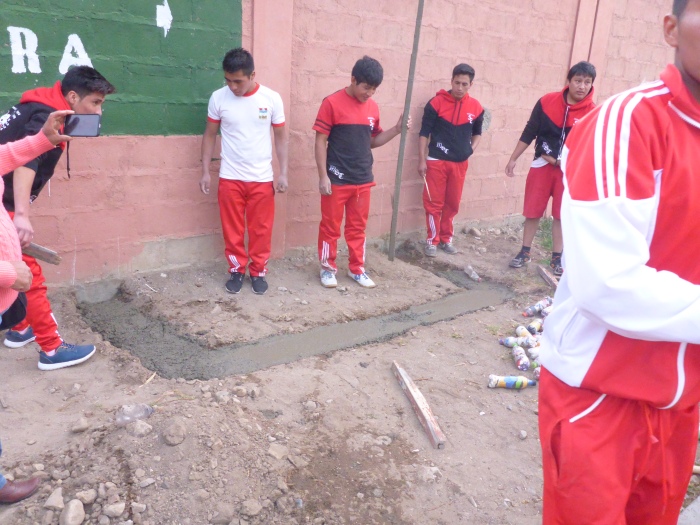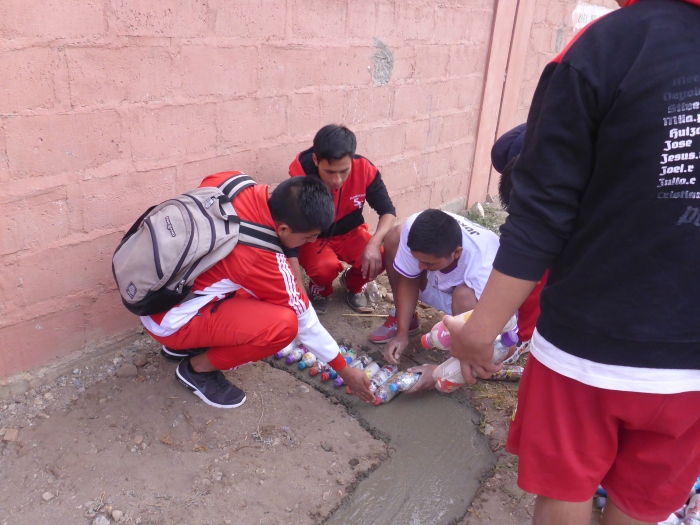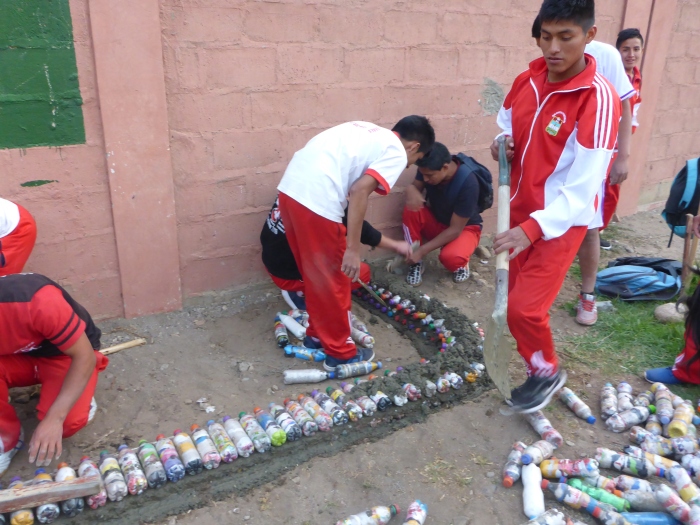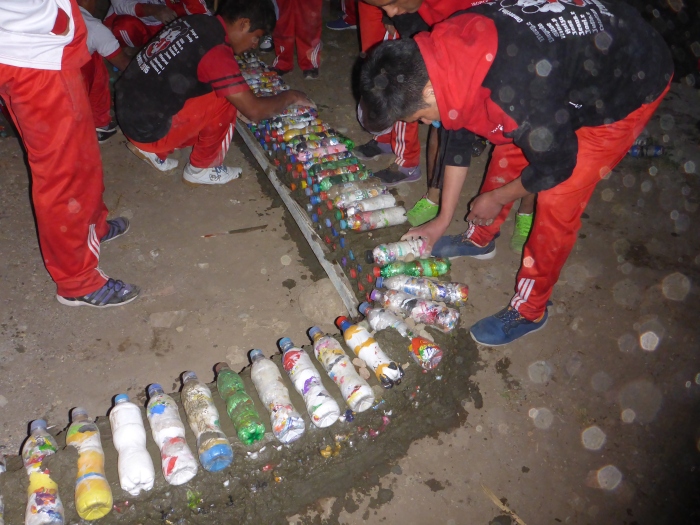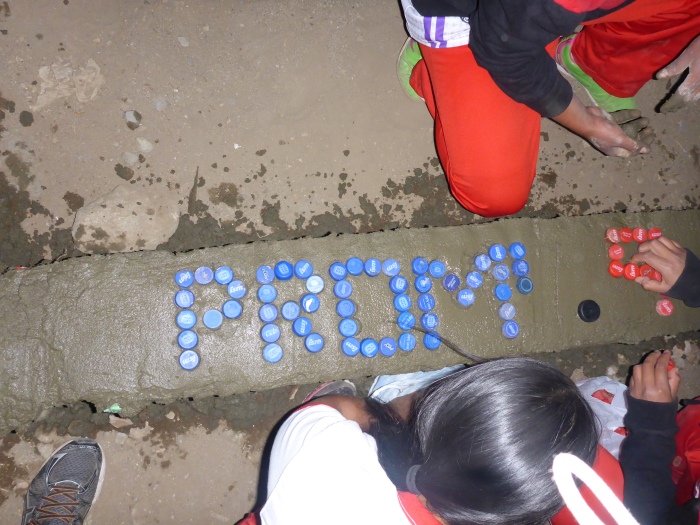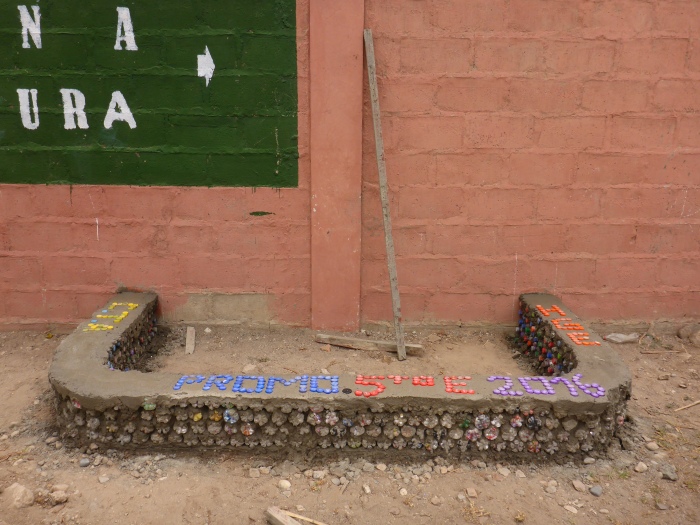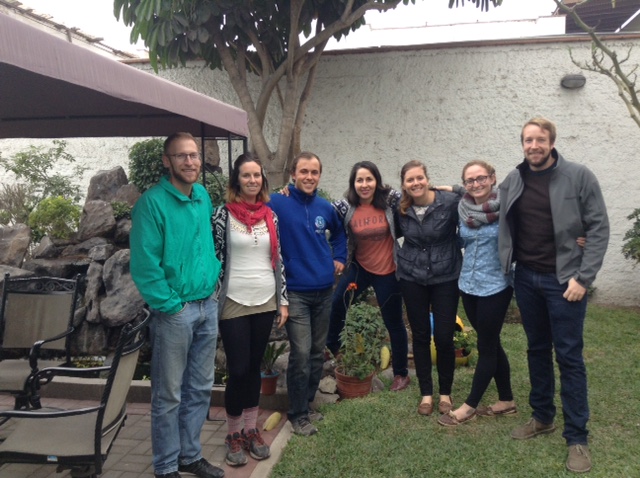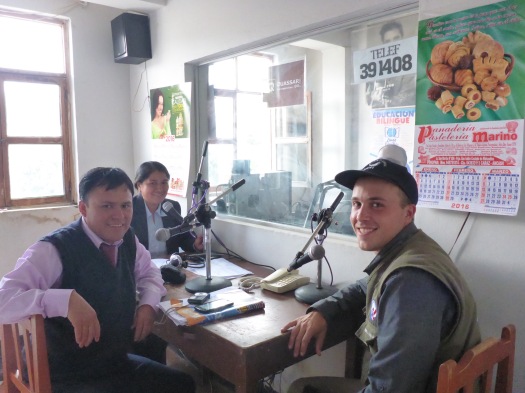As I’ve said many, many times here on this blog, as well as to many Peruvians, the Peace Corps has 3 main goals. The first has to do with providing technical assistance, while the 2nd and 3rd goals have to do with cultural exchange. Goal 2, specifically, involves sharing U.S. culture with our host-country counterparts, who, in my case, are any and all Peruvians. One of the main ways I have fulfilled this goal in the past has been by sharing some American dishes with my host-family and neighbors, as well as frequently sharing music and photos of my life in the United States. However, now that I am living by myself full time in Huaráz as Áncash’s PCVL, have my own apartment, and have regular access to wifi/electricity/many other amenities, I decided it was time to aprovechar (take advantage) and add one of my personal loves, video games, to my Peruvian life.
So, when I returned to Perú after my month-long vacation in the United States in August, I brought back a little piece of my childhood, namely, my GameCube. I honestly never thought in my wildest dreams that as a Peace Corps Volunteer I would still be able to play video games, let alone my very own GameCube, but since the opportunity presented itself I couldn’t let it pass. While I’ve had my Game Cube with me for the past 2 months, it took a while before I found the chance to actually put it to use.
That opportunity finally came a few weeks ago when I held a class on trash management with the Hinchas de la Conservación (Conservation Fans), an environmental group consisting mainly of university-aged students who support SERNANP and Huascarán National Park in various outreach opportunities (presentations, theater shows, recycled art projects, etc.). While many of the Hinchas are environmental engineering students, my counterpart at SERNANP (she coordinates the group) and I decided it would be good to train them on various environmental topics so they could better represent the interests of the park.
And so, on Saturday, September 30th, we had our first class during which I gave everyone a 19-question pre-test and then proceeded to teach them all the basics about environmental pollution, trash management, microplastics, and the creation of mini-landfills. This was to be the first session of five in a series about various environmental topics, however, it ended up being both the first and last session since we are in the process of recruiting new members for the group. But don’t worry, the environmental education classes will continue once the new members join the group in November.
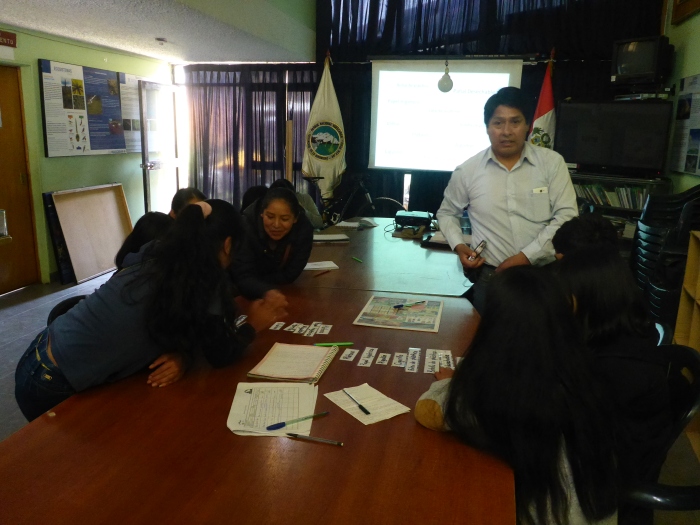
Anyways, after concluding the session, as a surprise treat I broke out my GameCube which we hooked up to the large TV in the SERNANP office.
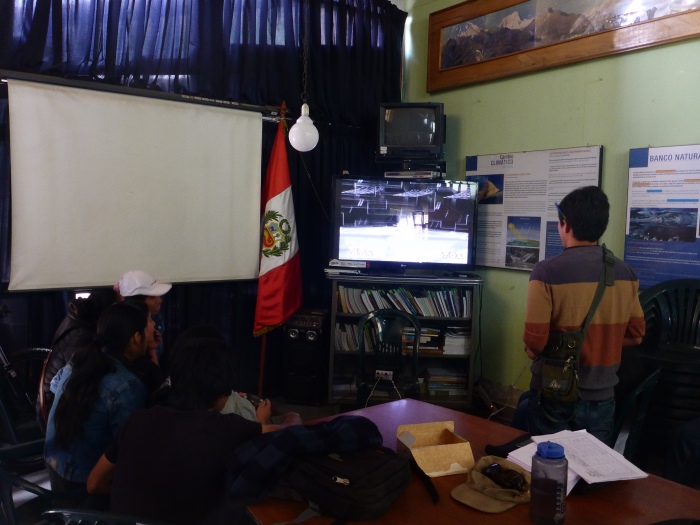
As you can see, something was off with the color, but otherwise, everything worked really well. I decided the Hinchas’ first foray into the world of GameCube should be with the classic, Super Smash Bros. Melee. While the controls can be a bit challenging at first, especially for those who have never before played a video game (like most of the Hinchas), most of them figured it out rather quickly and had a blast. Favorite characters included Fox, Captain Falcon, Donkey Kong, Mewtwo, Samus, Yoshi & Kirby. Those who picked Captain Falcon had the most success since his Falcon Punch (just press the B button) basically kills anyone who doesn’t know how to play.
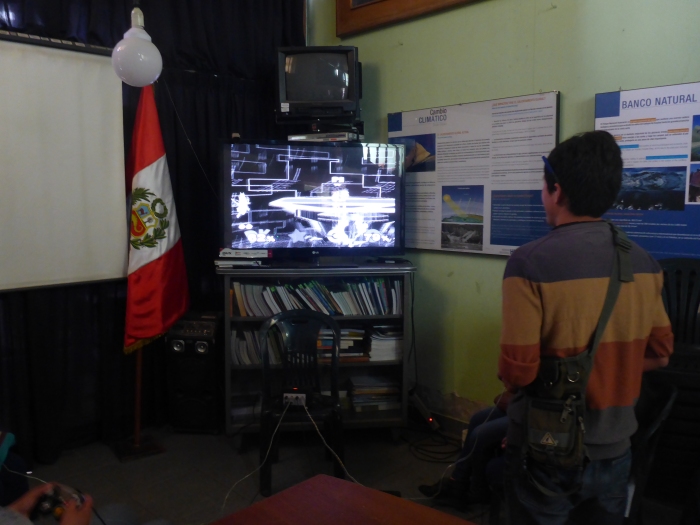
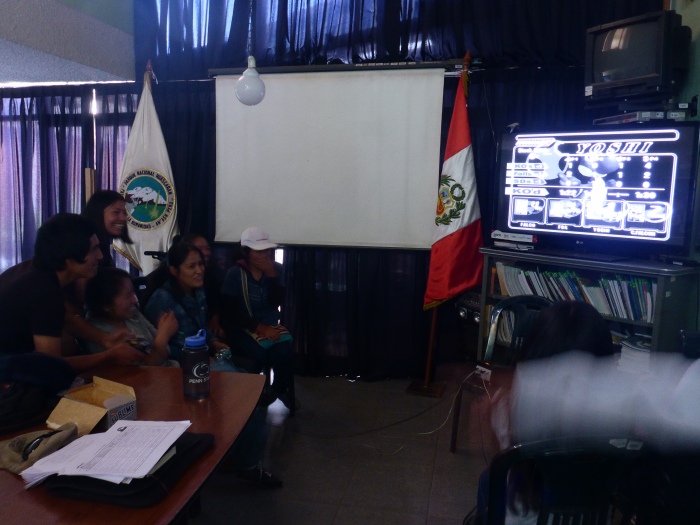
Unfortunately, after playing for about 30 minutes, the screen went black and I noticed a strange burning smell. Turns out, I forgot once again that Peruvian voltage is higher than U.S. voltage, and so the GameCube power cable got burned. I should have known when we had problems with the color from the start, but you live and you learn. It was a sad moment, but I’ve ordered a new cable (as well as a power adaptor) which should arrive soon via a nice friend, and I’m hoping that only the cable was burned, and not the actual GameCube itself.
Anyways, despite the minor electrical mishap, I was really happy to be able to directly share a bit of my childhood with some of my Peruvian counterparts/friends, and I’m hoping this was just the first of many future Super Smash sessions. While it might take a while before the Hinchas can put up a good fight in Super Smash Bros. Melee or Mario Kart: Double Dash (assuming my GameCube didn’t die), I’m hoping some of my fellow Volunteers can give me a good challenge en lo mientras.
Until next time,
MGB
P.S. My title was both a reference to Super Smash Bros. Melee as well as to one of my favorite childhood cartoons.





